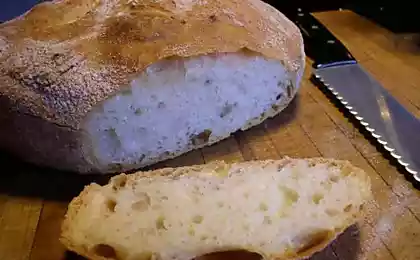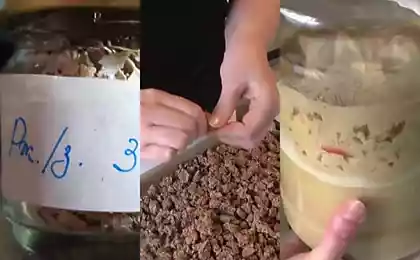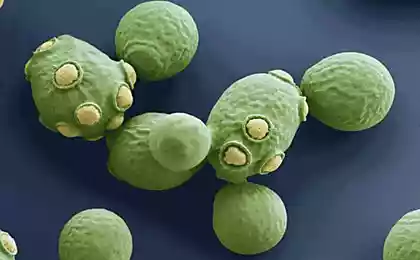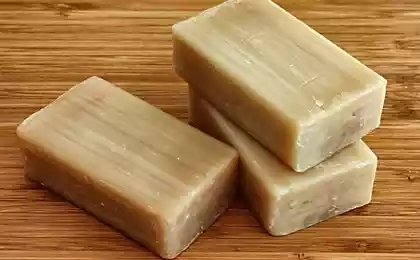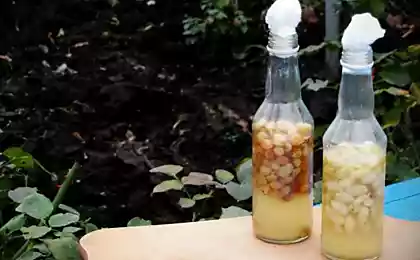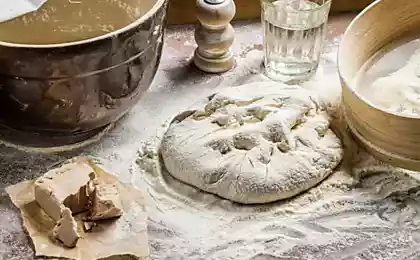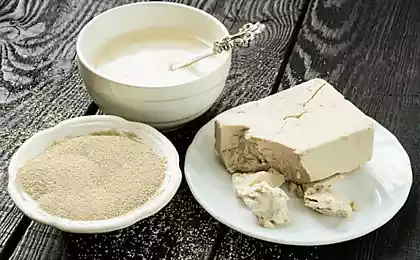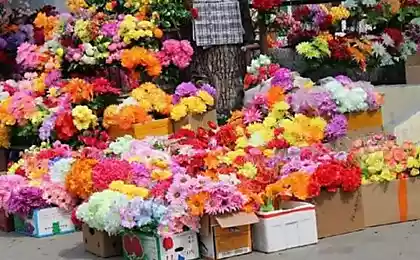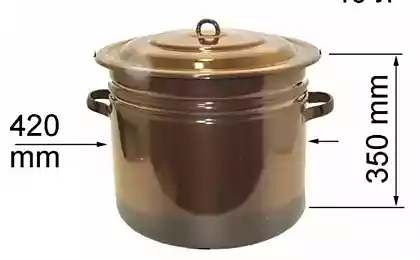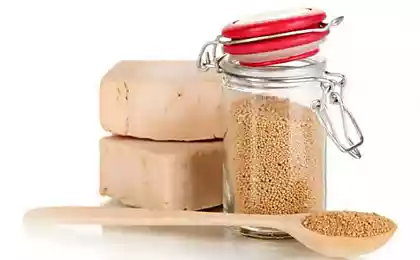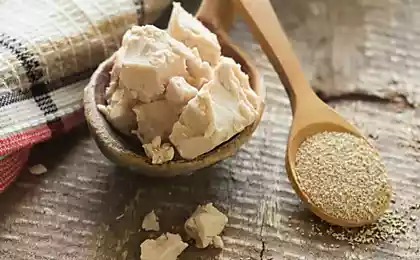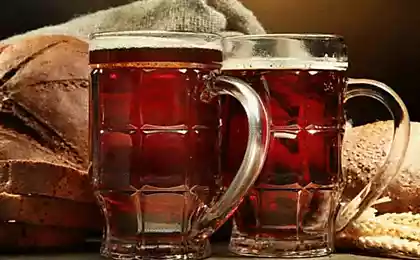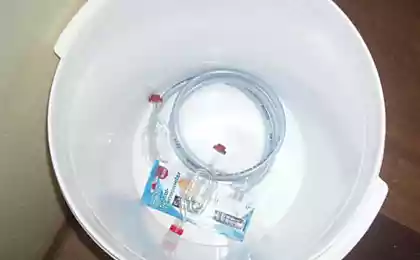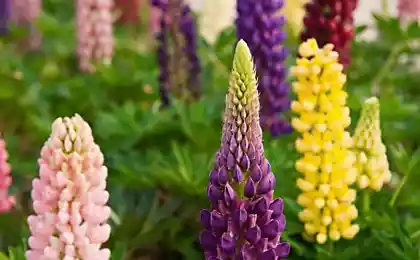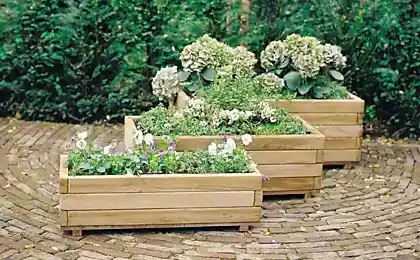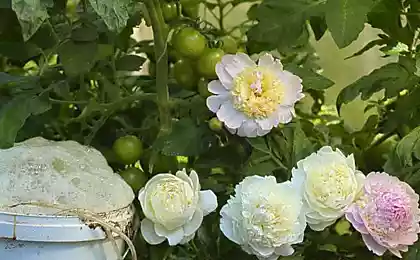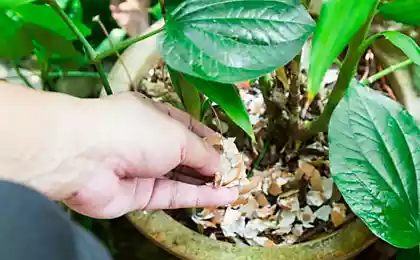87
How to use yeast in indoor floriculture and why plants need them
Not all lovers of greenery have the opportunity to buy a dacha with a beautiful large garden. Therefore, you have to twist and fill the apartment with your favorite plants. As the best fertilizer, we recommend using yeast for flowers.
On how to use them, you can read a little below. We will be happy to tell you about all the advantages of such feeding, as well as the important stages of plant processing in this way.
Yeast for flowers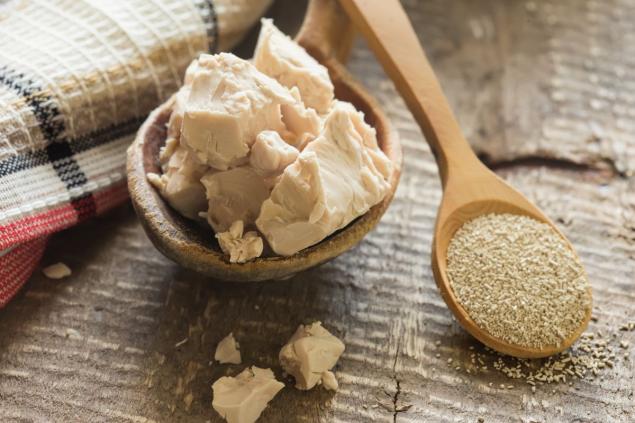
Most use yeast in baking every day and do not even realize its benefits for houseplants. This dressing is especially good because it can be found in almost any apartment.
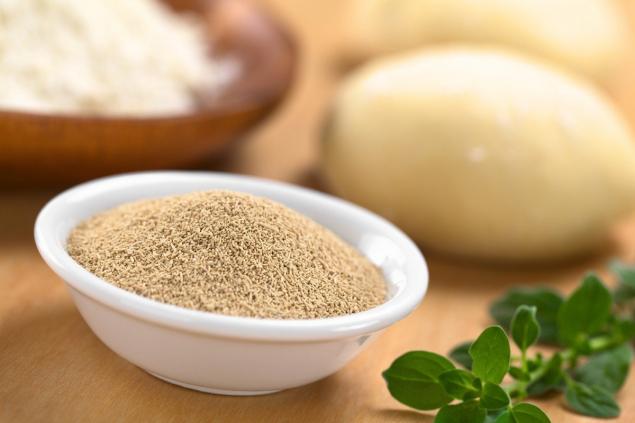
Why Yeast is the Best Fertilizer
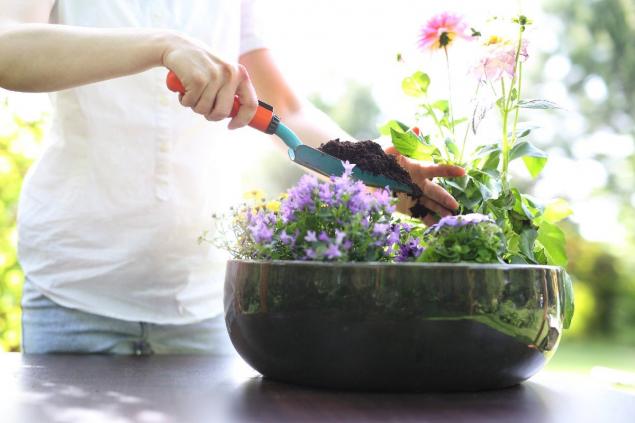
Many purchase houseplants because they don’t need as much care as their garden relatives require. But that's not quite the case. With fertile soil, garden flowers practically do not need fertilizer, but your favorite yellow roses in the pot definitely do not have such advantages.
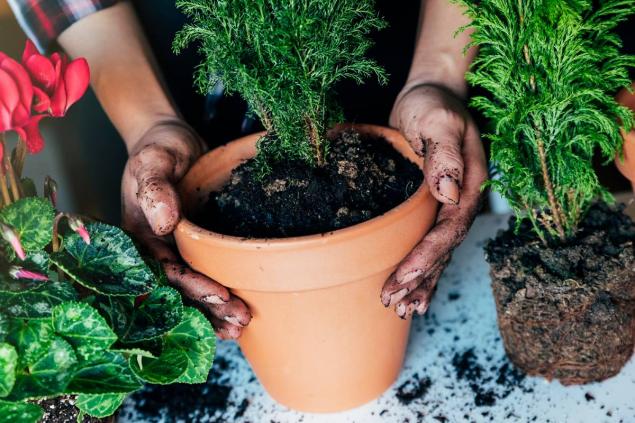
Of course, the purchased soil is already well flavored with all the necessary substances. However, over time, their saturation is depleted. Therefore, it is important to remember to fertilize all your houseplants 3 months after their transplant.

Yeast fertilizers should be used carefully, strictly observing the correct frequency. How often and when do you need to fertilize plants with yeast? This should be done three times a year. The best time for this procedure is the period of flowering and active growth.
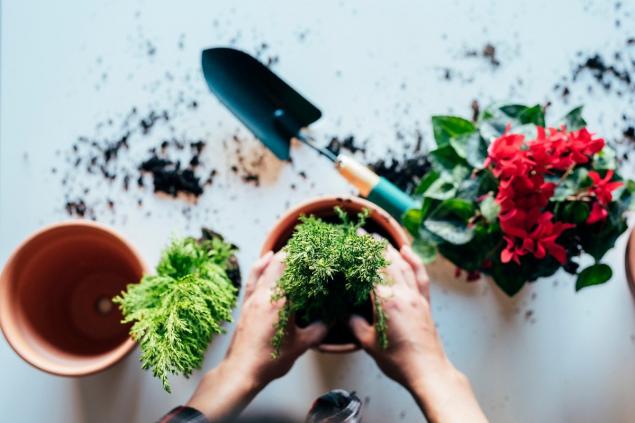
How to prepare a solution of yeast for fertilization One liter of water mixed with 10 g of yeast and 1 tsp of sugar. This mixture should be allowed to brew for 3 hours. If you have a lot of plants, you can mix 700 ml of chlorine-free water with 30 g of yeast and 2 tbsp of sugar in a large jar. This solution needs time for fermentation and a warm place. The finished mixture should be combined with water right before use in this proportion: 1 tbsp. solution per 10 l of water.
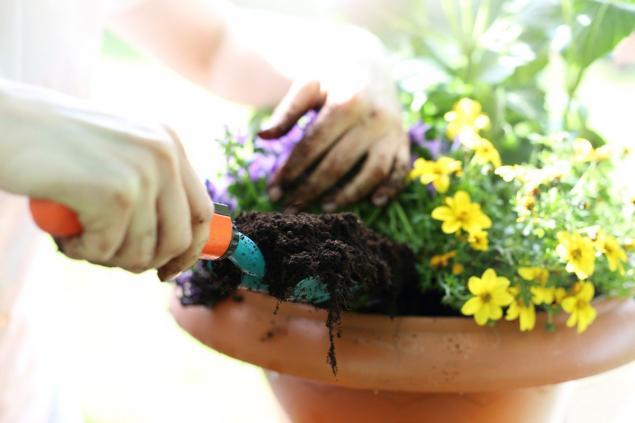
Remember that yeast solutions should be introduced into warm soil. Do not use an expired product. For the best effect, along with yeast, egg shells and ash can be added to the ground.
On how to use them, you can read a little below. We will be happy to tell you about all the advantages of such feeding, as well as the important stages of plant processing in this way.
Yeast for flowers

Most use yeast in baking every day and do not even realize its benefits for houseplants. This dressing is especially good because it can be found in almost any apartment.

Why Yeast is the Best Fertilizer
- It is the best source of amino acids and important elements.
- Stimulate the growth of plants and their intensive flowering.
- Activate all potential resources of the flower.
- Easy to access.
- They contribute to the development of the root system.

Many purchase houseplants because they don’t need as much care as their garden relatives require. But that's not quite the case. With fertile soil, garden flowers practically do not need fertilizer, but your favorite yellow roses in the pot definitely do not have such advantages.

Of course, the purchased soil is already well flavored with all the necessary substances. However, over time, their saturation is depleted. Therefore, it is important to remember to fertilize all your houseplants 3 months after their transplant.

Yeast fertilizers should be used carefully, strictly observing the correct frequency. How often and when do you need to fertilize plants with yeast? This should be done three times a year. The best time for this procedure is the period of flowering and active growth.
- spring
It is in the spring, when your plants begin to bloom intensively, you need the first time to fertilize. - Summer.
During this period, the plant needs resources to form new sprouts and fruits. Yeast will help with that. - autumn
Before a long winter period of rest, flowers should be given the maximum amount of nutrients in reserve.

How to prepare a solution of yeast for fertilization One liter of water mixed with 10 g of yeast and 1 tsp of sugar. This mixture should be allowed to brew for 3 hours. If you have a lot of plants, you can mix 700 ml of chlorine-free water with 30 g of yeast and 2 tbsp of sugar in a large jar. This solution needs time for fermentation and a warm place. The finished mixture should be combined with water right before use in this proportion: 1 tbsp. solution per 10 l of water.

Remember that yeast solutions should be introduced into warm soil. Do not use an expired product. For the best effect, along with yeast, egg shells and ash can be added to the ground.
Preparation of pimples with garlic and dill for borscht
Instructions for sewing a high-quality mask without a sewing machine

